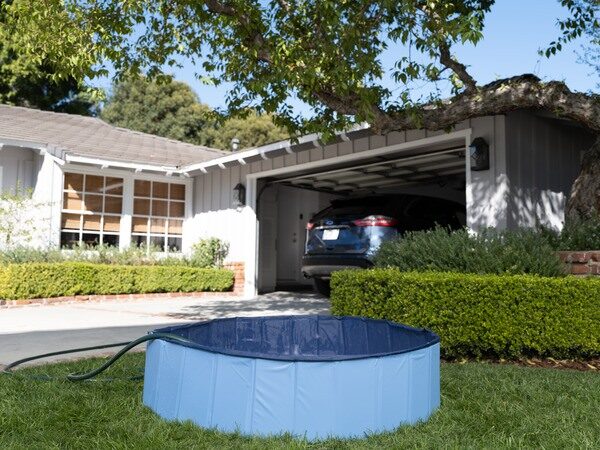
When you’re looking for extra space in your home, garages are logical places to turn. Whether you need an extra room, a bit of rental income, or just want to spread out, chances are, with some modifications, your home has the space you need.
Before you convert your garage to livable space, you must attend to a few issues. Here are a few suggestions to help ensure converting a garage to a living space goes smoothly:
1. Meet building codes
“To get a building permit, you may need a plot plan, a floor plan of the house and an elevation plan showing setbacks,” says Andy Baker, residential land use attorney from Calabasas, Calif. Before finalizing those plans, he advises getting feedback from the city or county planning office to be sure they meet the current building codes. Then go back to your contractor or architect for the final versions you will submit for a building permit.
“If you can’t meet the requirements, you may apply for a variance,” Baker says. Applying for a variance is a better option than renovating without a building permit, where penalties can exceed $1,000 plus the cost of reconverting the space.
2. Comply with zoning ordinances
Converting a garage to a room means you lose parking space. In many jurisdictions, “zoning ordinances require covered, off-street parking.” Baker says. “If you take parking from the garage, you must provide it elsewhere.”
In dense subdivisions, that may be impossible, requiring you to rethink your garage conversion. If your goal is to gain rental income, check local zoning to find out if there are any related restrictions, such as those on the number of rental spaces allowed per lot. The objective is to avoid any changes that affect the neighborhood.
If the garage conversion changes the footprint of the residence, check the zoning laws to determine the mandated setbacks for the side, back and front yards.
3. Consult your CC&Rs
If you’re part of a homeowners’ association, your garage conversion project must also meet the requirements of its Covenants, Conditions and Restrictions (CC&Rs). While the details will vary among communities, homeowners who do not meet these requirements may find themselves in mediation or being sued by their association.
Some CC&Rs do not allow garage conversions, while others consult the board of directors for discussion. Other conversions, such as to the attic or basement, may gain easier approval because they don’t effect on-street parking. However, be aware of neighbors’ privacy concerns, as attic conversions may provide new views into their homes or yards.
4. Work with the right professionals
Even if you plan to do the work yourself , involve professionals who are active in the field. For example, practicing architects should know the current building codes. The building and safety division of your city or county’s public works department can help too.
If you hire a contractor, choose someone who routinely performs the type of work you want done. A handyman may have the necessary skills, but be unaware of recent building codes.
Depending on the conversion, you may also need to hire an engineer. This is more common for attic or basement conversions as they “need a structural engineer to determine whether they can support habitation,” Baker explains. This includes ensuring that attic structures can support the extra weight and that trusses can open properly, in addition to adding or modifying the windows.
5. Start and end construction on time
Converting a space may take three to six months, including the time required to gain the necessary permits. “Planning departments typically allow six months for renovations, but you may buy an extension,” Baker says. If you don’t start within the allotted time, you will need a new building permit. Projects that exceed the allotted time frame may incur fines.
These aspects of garage conversions are often overlooked. Attending to them initially makes your project proceed much more smoothly, rather than getting caught up in a legal predicament. Be sure to contact your Nationwide agent before work begins to ensure that you are protected during the remodeling and, afterward, to ensure that your insurance policy is updated to reflect the additional square footage of your new living space.
If you ultimately decide that converting your garage to a living space is too big of a task, there are other ways to optimize your garage space.



